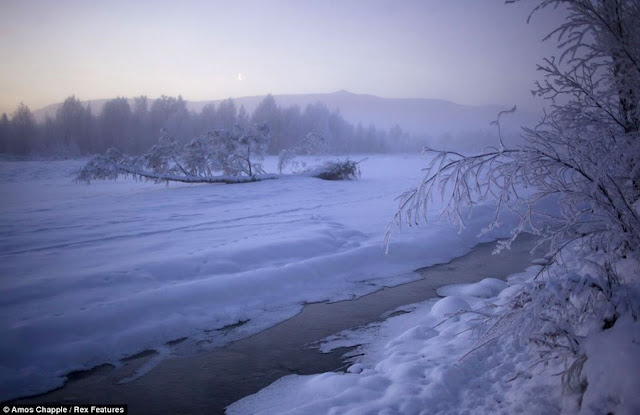Casa Milà, popularly known as ‘La Pedrera’, looks like an artistic
piece of modern architecture, but it’s not. This unusual building of
undulating stone facade and wrought iron balconies and windows was built
more than a century ago between 1906 and 1912 by the architect Antoni
Gaudi (1852–1926). Ahead of his time, Gaudi designed the Casa Mila
without weight bearing walls and instead used steel, arches and pillars
in irregular shapes to form the circular design. Architecturally it is
considered an innovative work but at that time it was subjected to
ridicule and disgust. Even the local government objected to some aspects
of the project, and fined the owners for many infractions of building
codes. Today it is the headquarters of Fundació Catalunya-La Pedrera and
houses a cultural centre that is a reference point in Barcelona for the
range of activities it organises and the different spaces for
exhibitions and other public uses it contains. In 1984, it was declared
World Heritage by UNESCO.
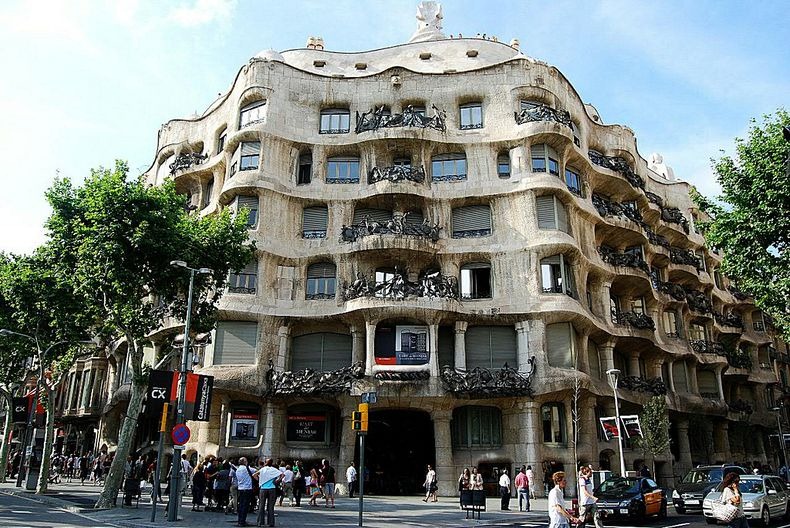
Photo credit
La
Pedrera is one of the best-known works of Antoni Gaudí, and is one of
the symbols of Barcelona. Its limestone facade with the cave-like
balconies appears to be cut off one single white rock. This is why it
was given the name La Pedrera (the quarry) during construction and even
today is more widely known by this nickname.
The building
consists of a succession of stone walls on the outside, while the
interior has two painted courtyards, columns and a range of rooms. There
are large windows and iron balconies set into the undulating facade. On
the roof, there are marvellous chimneys that resemble surrealistic
creatures – these sculptures are works of art in themselves. Being one
of the tallest buildings on Paseo de Gràcia , the rooftops provide a
splendid view of the district and Barcelona’s city center.
A top
floor apartment decorated with early 20th century furnishings is also
available for viewing giving visitors a real sense of the circular
shapes of the rooms. All of the apartments overlook two courtyards
designed by Gaudi to allow sunlight into the living spaces. The attic
features an exhibit of Gaudi’s many creations complete with scale
models.

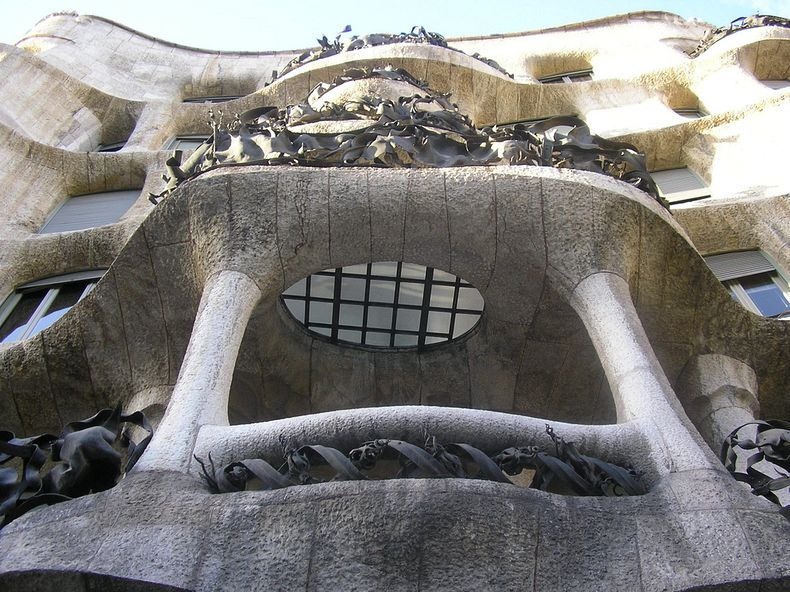
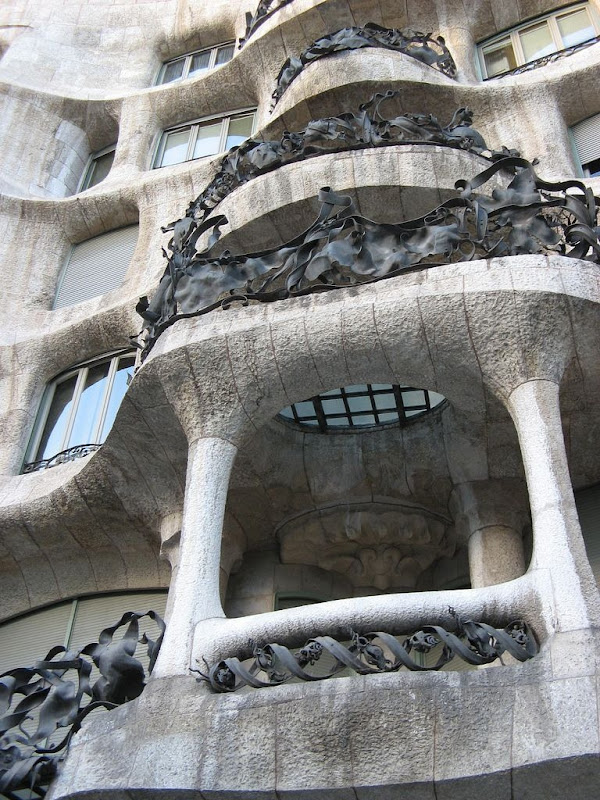
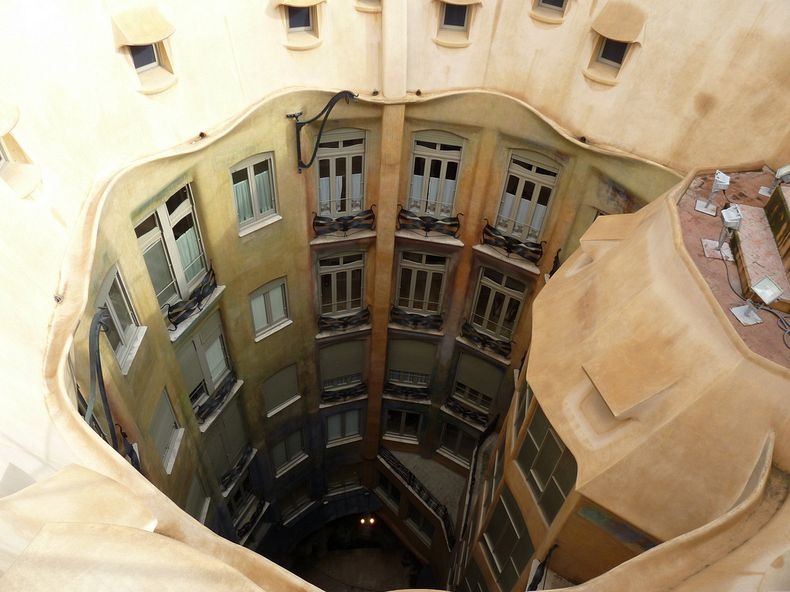
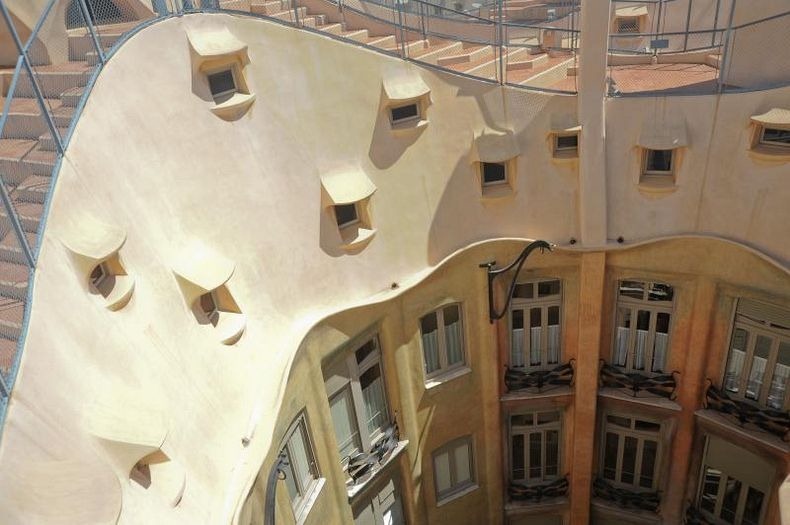
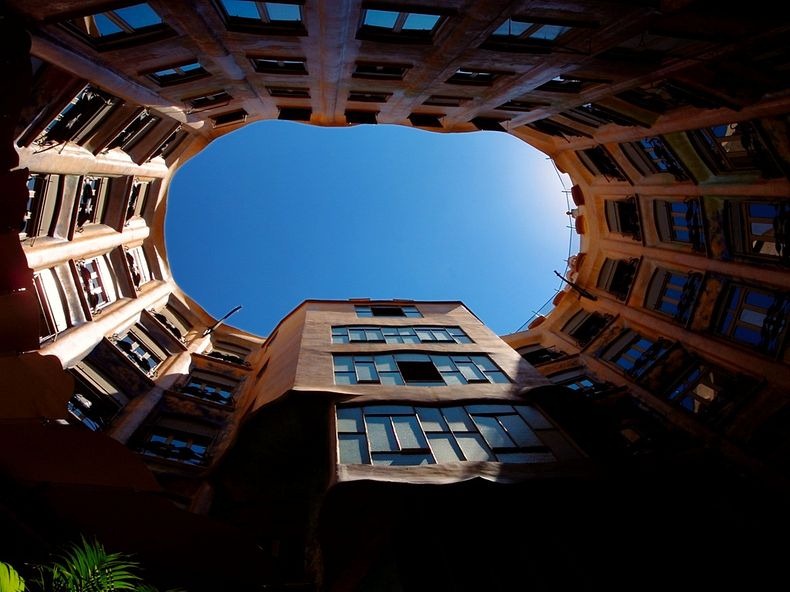
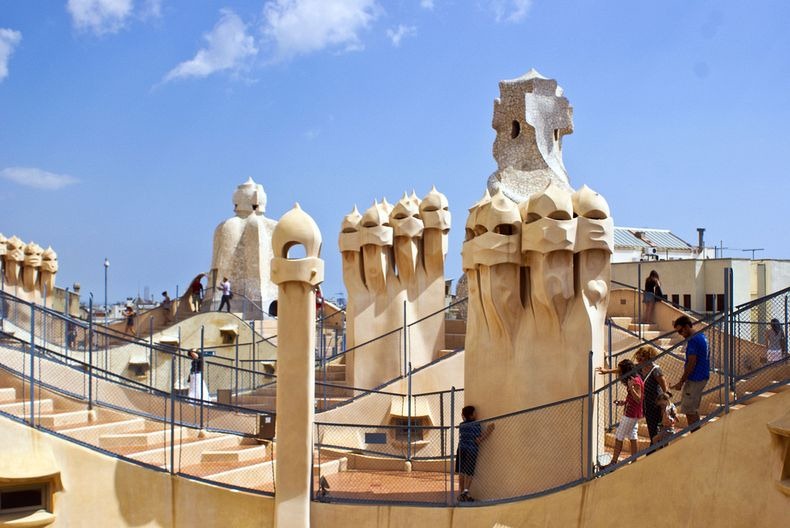
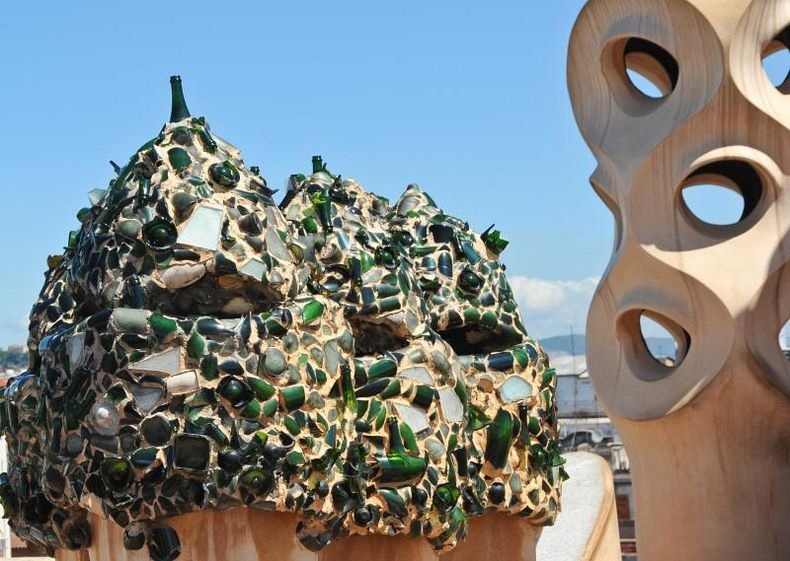
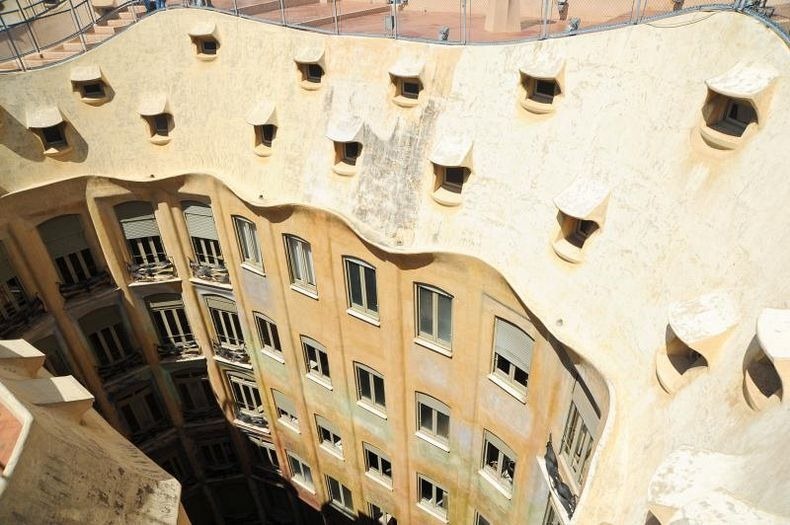
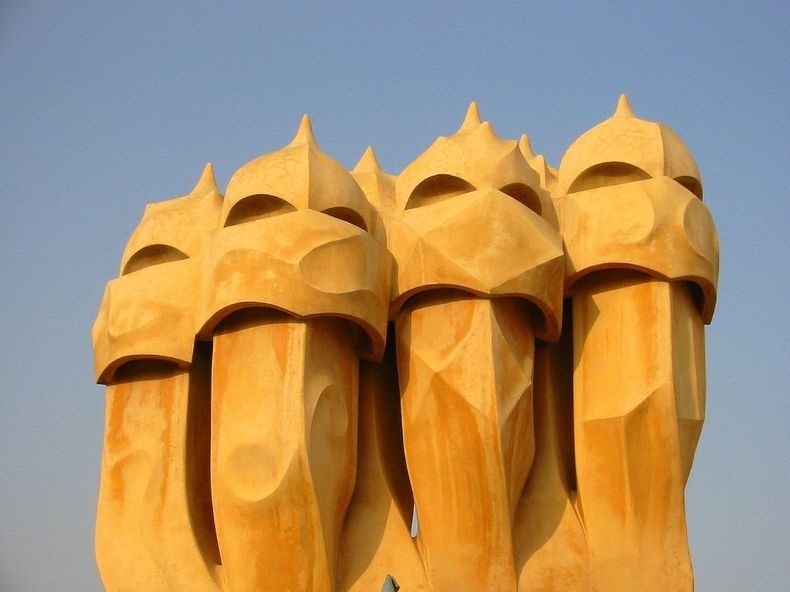
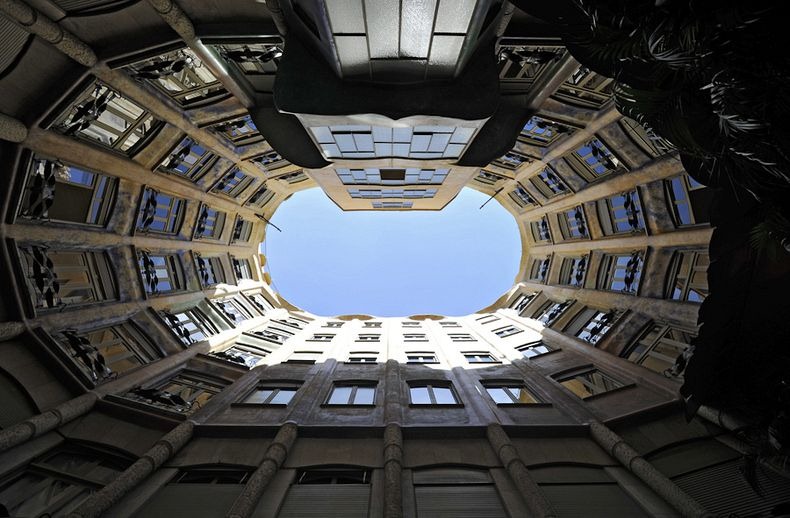
Sources: Wikipedia, BCN.travel, Gothereguide,












